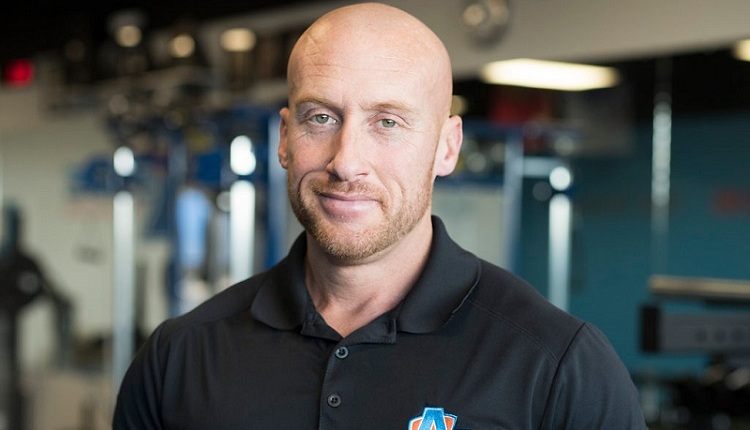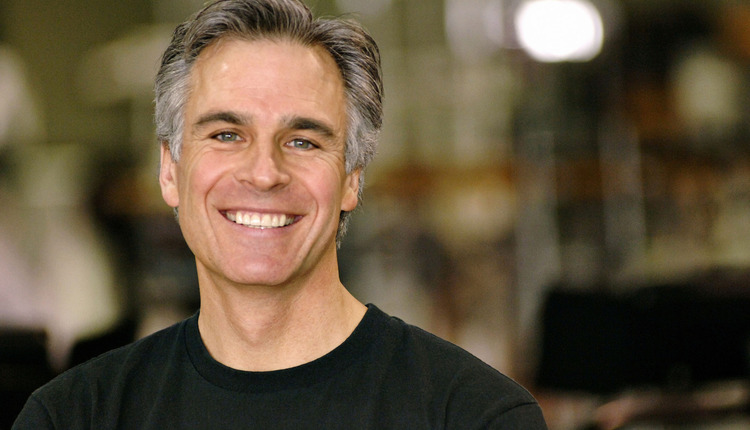Two years ago, I had the opportunity to attend a continuededucation clinic ("From Counting Reps to Counting Revenue") taught bytwo of the most successful fitness professionals in our business. AlwynCosgrove (author of "The New Rules for Weightlifting") and RachelCosgrove (author of "The Female Body Breakthrough") presented on manytopics during their seminar; however, the subject that I found most interestingwas the implementation of systems into the certified personal trainer'sday-to-day schedule. We are constantly on the move, our schedule dictated by aneraser-stained "daily planner," rescheduling via text messages andusing our three minute break between sessions to eat and make some last secondchanges to our next clients' program design. Certified personal trainers (CPTs)work in a high-speed profession that ultimately eliminates the inert and buriesthe unorganized. To keep this from happening to you, I would like to share two systematictechniques that I have developed over the last few years to help increase the efficientlyof your time and the quality of your product and keep you on top of an ever-growing,ever-changing fitness industry.
| Robert's Continued Education Corner Books Worth Reading The Complete Guide to Kettle Bell Lifting (2009) The New Rules of Lifting: Six Basic Moves for Maximum Muscle (2006) |
My father has always placed great value on continuededucation. His commitment to his profession and his dedicated mindset forimproving himself rubbed off on me to the point where I am rigorous with mysearch for new information. Add in a recertification period for my NSCAcertifications (CSCS & CPT) and I have more than enough motivation to seekout continued education opportunities. With an unstable economy comes a strictbudget however, continued education should NEVER be considered for financialcuts. The constant need to improve ourselves as professionals will only resultin a greater opportunity to advance our careers. One technique I have used tosecure finances for continued education units (CEUs) is to take a smallpercentage of every paycheck (or weekly deposit) and placing it into a separatesavings account specifically created as a reserve to fund continued education opportunities.These opportunists can include clinics, camps, conferences, seminars,symposiums, self-studies, book or DVD purchases or projects.
To be successful with this technique requires awell-designed plan that is implemented with a structured system. Start bydeciding on what your next continued education opportunity is going to be. Oncethat decision has been made you need to budget out (estimate) how much moneyyou would need to make that opportunity affordable (i.e. travel, room, board,purchases, etc.). With that number in mind, select a small percentage of eachpaycheck to put away. One or two percent of each paycheck over time can add upquickly. As business improves, increase that percentage up to five percent.
Most certified fitness professionals need anywhere between20 and 30 contact hours in a recertification period (two to three years) tomaintain their certification. This budgeting system will allow, on average, acontinued education opportunity to be purchased every six months or so. MostCEU opportunities provide five to eight contact hours. Over two to three years,this system will successfully allow you to earn your required CEUs to maintainyour certification without requiring you to dish out big chunks of money as theend of the recertification period draws near.
Organizing YourOrganizer
Schedule organization is a great time saving system that canbe implemented into your daily planner. This includes the date of the clientsinitial consultation and/or assessment, the date a new agreement (contract) wassigned, the number of the session the client is currently on and/or hasremaining, the client's birthday, major event or vacation, re-assessments, yourpayroll entry, your monthly budget due dates and anything else you deemnecessary. I'm an old-school trainer in that I like to use a hard copy dailyplanner (rather than an electronic devise) because my schedule changes so muchfrom day to day and even hour to hour depending on the week.
To start, I always make sure the firstassessment/consultation with a new client is well documented in my planner.This allows me to accurately recall when we began our professional relationshipas well as provide proof for any financial disputes. On the day of theassessment, I flip ahead and place a note on the client's birthday. I also dothis with any major events (i.e. triathlon, power lifting competition, climbinga mountain, etc.) or vacations my client may have coming up. Referencing theirbirthdate and upcoming events shows that you take a personal interest in yourclient and that you value them for more than just their financial commitment.
At the start of each month, I mark off the two dates (moreor less) when payroll is due to be entered as well as when the monthly budgetis to be submitted. I check off any major events that are coming up that monthor quarter (community workouts, free body fat testing, etc.), which also actsas a reminder to make sure I have all requirements to make each event a successin order. I provide personal program designs (workouts) for my clients toperform on their own each month. Once issued, I schedule out four weeks inadvance that a new program design is due to them. These simple systems make thebook keeping aspect of our profession much easier to reference and kept you upto date on all systematic aspects of our job. Being prompt, prepared and wellorganized is a great combination for successful career advancement.
Developing and implementing these two career-basedsystems will aid you in financing your continued education opportunities andimproving the efficiency of the day-to-day bookkeeping demands of yourprofession. Your clients will notice how organized you have become, your co-workerswill see how easily your bookkeeping is kept and most of all you will noticehow much more structured and systematic you have become as a fitnessprofessional.
RobertLinkul MS CSCS-CPTD* is the NSCA's Southwest Regional Coordinatorand trains over 100 clients a week in his personal training studio. Linkul hashis master's degree in personal training, is a certified strength andconditioning specialist and a certified personal trainer withdistinction.


















